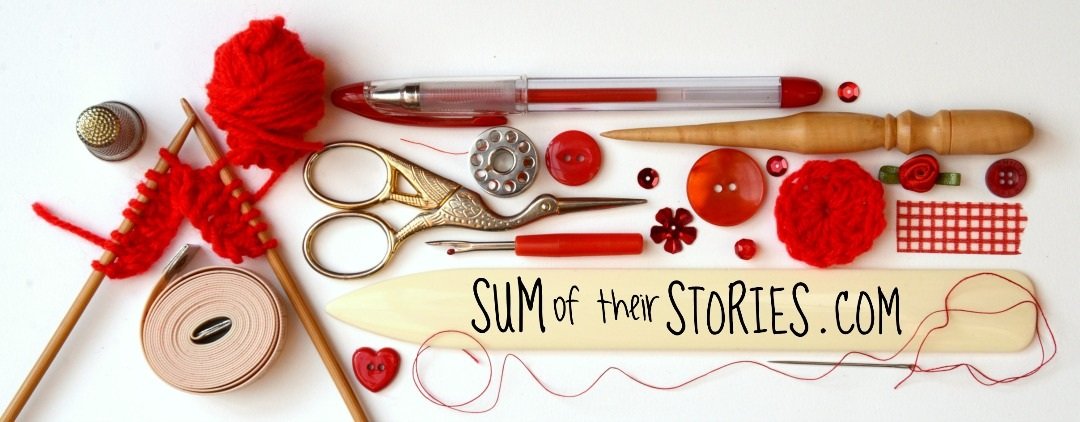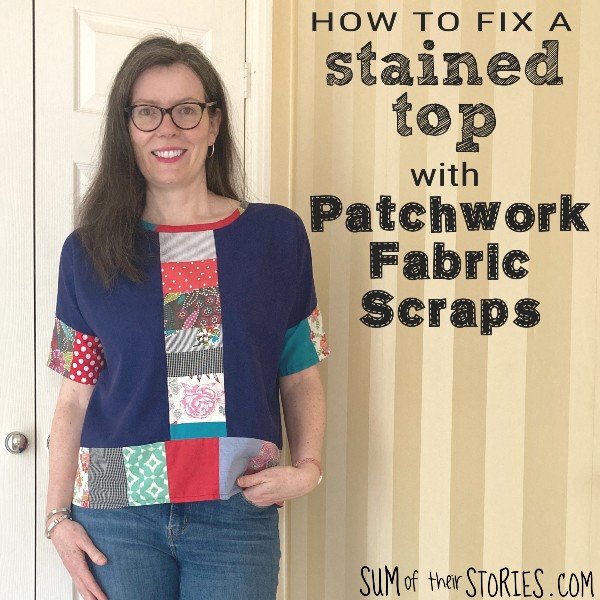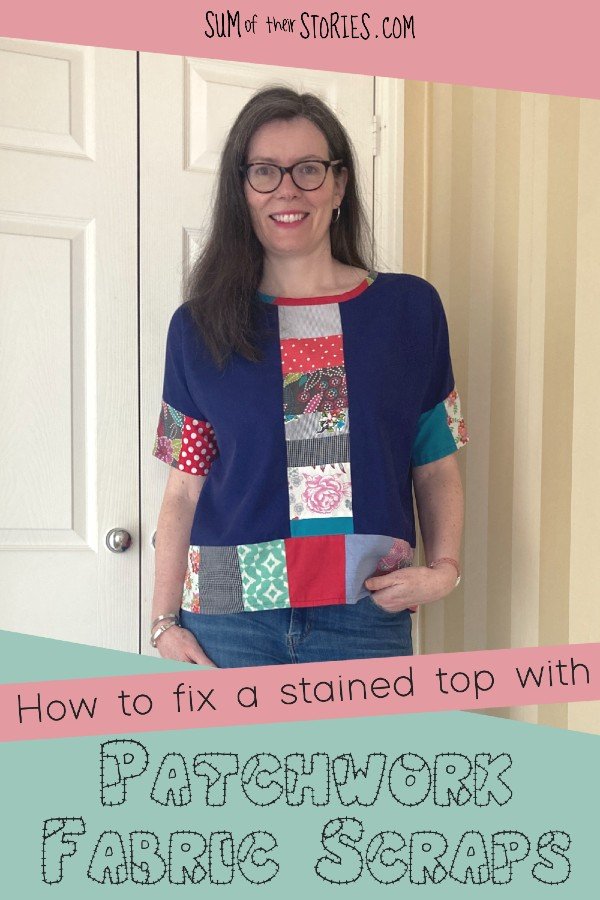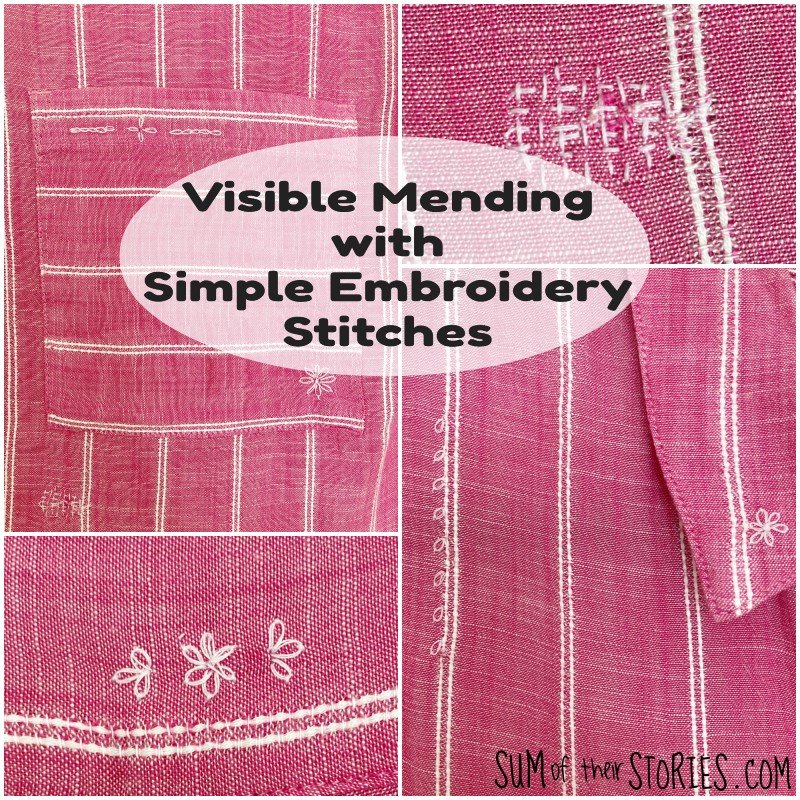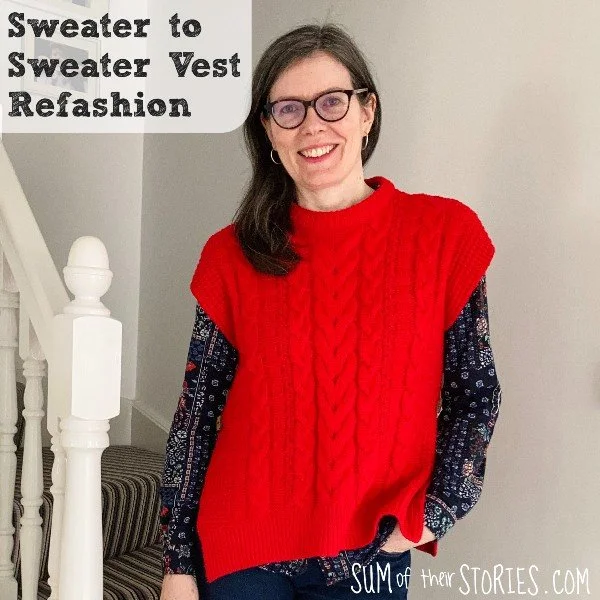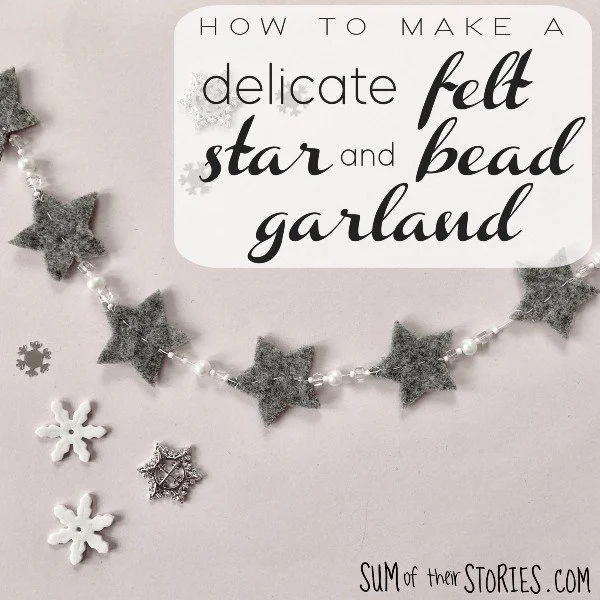How to fix a stained top with patchwork fabric scraps
/How to save a plain garment with some patchwork from fabric scraps, give it a new look and a new lease of life.
I have a few garments made from fabric with a lovely busy and vibrant pattern, I can wear them over and over and never seem to spill a thing on them, plain clothes however really seem to attract stains and greasy marks! What is all that about?
One of my favourite and most worn tops is this one I made a few years ago with a patchwork border and trim. It is a self drafted, very simple to make garment and the main body of the top is a plain woven navy cotton (It was an old bed sheet) It was originally inspired by a beautiful make by my blogging friend Vicky Myers Creations; see her gorgeous version here.
You can read all about how to make one like mine here: Top from Patchwork Scraps.
I discovered a few grease marks a few weeks ago, right near the bottom of the front middle, that I just couldn’t get out.
Reasons to repair your clothes
Each year millions of tonnes of clothes and textiles are thrown away worldwide, lots of it ending up in landfill. Just google “Fast Fashion Waste” for some shocking photos, we don’t want to be adding to that unnecessarily, right?
Everything is so expensive these days, it doesn’t make any sense to get rid of something when it can be revitalised.
Why should you have to give up a favourite garment just because of a little stain?
Ideas to cover a stain on a favourite garment
How you save a stained garment depends on where it is stained. I shared over on Instagram how I covered some tiny hair dye marks on a pretty top with embroidery.
A larger mark could be covered with a patch of fabric, maybe a cut out flower or motif that could be appliqued on. Unfortunately for us stains do not always appear in places that a patch will look good! I don’t think that would work for my patchwork top.
For a stain right in the centre of a top a strip of patchwork fabric can cover it in a way that looks purposeful. You could have create a strip of patchwork and simply appliqued it on, over of the top of the stained area. For my top I opted to remove the stained section and insert a patchwork strip. It’s already a boxy top as it’s made with a woven cotton rather than a floppy, floaty fabric, I thought an extra layer might make the front of the top a little bit to thick, too substantial and stiff. I didn’t want it to look like I was wearing a breastplate!
How I saved my stained top with patchwork fabric scraps
First undo about 8 inches of the hem seam at the bottom centrally. Also undo any neck hem or facing, again about 8” centrally. Exactly how you do that will depend on how your top has been made.
I undid the bias binding at the neck edge and the seam between the plain top and the existing patchwork border. Between the arrows on the photo above.
Remove a 3” wide strip centrally. In the photo I’ve put my quilting ruler inside so you can see the gap.
Next create a strip of patchwork from your fabric scraps that is 4” wide and a little longer than the gap in your top.
Using a 1/2” seam allowance sew the new patchwork panel in place in the centre of the top front.
Restitch the hem (or in my case I reattached the patchwork border)
Press the new panel then mark the neckline on the inserted panel, trim and the reattach the bias binding. Or re-hem/reapply the facing etc once again depending on how your top was originally made.
Press it all one last time and your top is finished.
I was lucky that I had a couple of scraps of the same fabrics that I used originally to make this top, having a few repeats makes it feel cohesive I think. For the rest of the fabric scraps I just picked out ones that felt similar.
This fix took me just under an hour in total, time well spent I think. I’m very happy that one of my favourite tops is back in circulation.
Hopefully you’ll feel encouraged to consider a cover up or fix for your garments next time they get a stubborn stain rather than just adding them to landfill. We can’t possibly save everything everytime but it’s worth considering the possibility of a repair. You end up with completely unique garments too which is always nice.
Julie
I’ll be sharing this idea at some of these link ups
You might also like to check out some of these clothing refashions:
